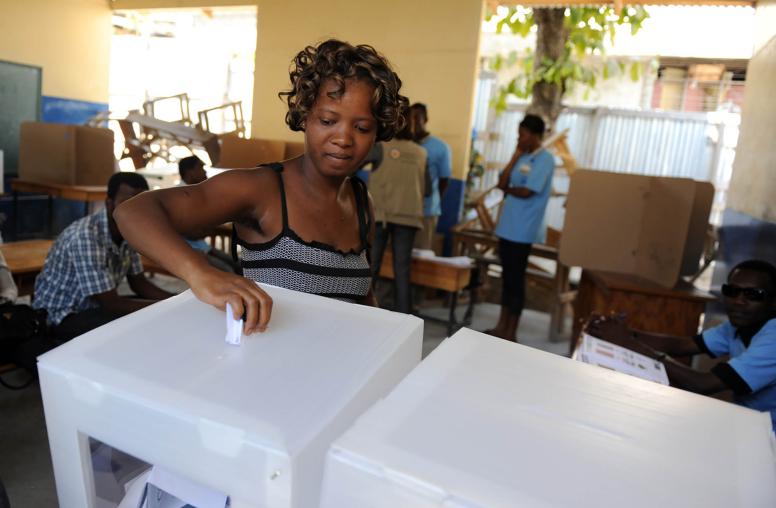Gender Inclusive Framework and Theory
A Guide for Turning Theory into Practice
The Gender Inclusive Framework and Theory (GIFT) guide is an approachable and thorough tool that facilitates the integration of gender analysis into project design. Because peacebuilding work is context dependent, the GIFT puts forth three approaches to gender analysis – the Women, Peace and Security Approach; the Peaceful Masculinities Approach; and the Intersecting Identities Approach – that each illuminate the gender dynamics in a given environment to better shape peacebuilding projects.
Introduction: Designing Gender Inclusive Projects
Violent conflict upends and often polarizes societies—it disrupts social structures, especially men’s and women’s roles and the relationships between them. In fragile and conflict-affected environments, peacebuilding practitioners must address the drivers and consequences of violent, fragmented societies. The increasing militarization of young men is one such driver, and widespread sexual violence effects all in a society, even well after violence has ceased. Yet gender analysis is neither considered nor integrated into much of the project design for conflict prevention and mitigation work. Gender inclusive project design is essential to forming the best approaches for preventing violent conflict and maintaining peace—it is not secondary and should not be an afterthought.1 The Gender Inclusive Framework and Theory (GIFT) is a simple but thorough approach to begin integrating gender analysis into project design.
The GIFT Will
- Define gender;
- Describe the relationship between gender and conflict dynamics and its importance to peacebuilding;
- Explore a theory of change and an analysis framework for gender inclusion; and
- Provide specific guidance on integrating gender into project design.
Notes
Nora Dudwick and Kathleen Kuehnast, “Gender and Fragility: Ensuring a Golden Hour,” Fragility Study Group Policy Brief no. 8 (Washington DC: US Institute of Peace, November 2016), .


